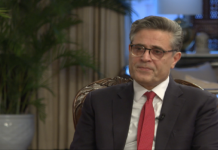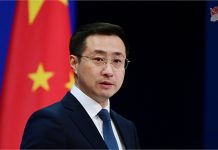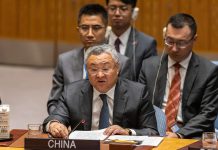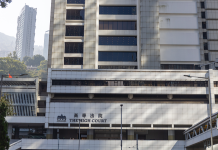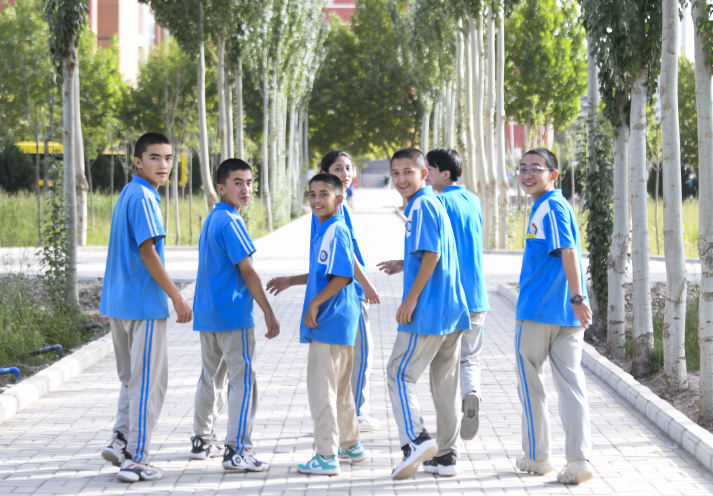
The history of human society is one of continuous quest for advancement, as we have sought to apply new knowledge and ways of doing things in pursuit of richer and more secure lives.
Central to this transformative process has been education.
Over the past two centuries, countries at the forefront of industrialization have led the path to modernization, accumulating experience that has propelled human civilization forward. However, this process also has negative byproducts such as racial discrimination, ideological biases, as well as irrational perceptions and conflicts over differences between existing and emerging models of development.
Samuel Huntington, a notable American political scientist, in his influential book Clash of Civilizations and the Remaking of World Order, originally published in 1996, largely ascribes the clash to cultural differences. Yet, it’s crucial to acknowledge that this type of clash also stems from political manipulation, economic hegemonism, and armed conflicts, which have resulted in displacement of people and hindered education for many, particularly children. Global modernization is still impeded by these obstacles.
Inclusive education
Today, the pursuit of modernization continues, with an emphasis on all-round human development, at the heart of which lies the right to education. As we progress, ethnic minorities’ right to education has become increasingly important, serving as a benchmark for our overall advancement. This issue highlights a key challenge we face today: the need to balance progress with inclusivity. In China, home to 56 ethnic groups, protecting the right to education of ethnic minorities from external influence and interference is crucial. Education helps integrate ethnic minorities into the process of modernization and enhances their sense of belonging and fulfillment. How to ensure the realization of the right to education for all is not only significant to China but also bears on the future of the world.
“We have maintained a keen focus on education as an essential vehicle for helping people out of poverty and toward prosperity, emphasizing that no child should be deprived of education or opportunities and lose out before the race has even begun because they are poor. We have worked hard to give every child the chance to excel in life, and done our best to break the chain of intergenerational poverty,” Chinese President Xi Jinping said while delivering a speech at a gathering to mark the nation’s poverty alleviation accomplishments and honor exceptional individual efforts to fight poverty in Beijing on February 25, 2021.
As he particularly noted, in China’s journey toward common prosperity, not a single ethnic group should be left behind. This statement highlights China’s commitment to a people-centered approach in its modernization efforts, focusing on enhancing education, ensuring access to it for all, and using education as a tool to eliminate poverty.
For Chinese people, living a happy life is the human right of primary importance, and the most effective path to achieving this desire is by ensuring everyone receives a good education. The emphasis on ensuring ethnic minorities’ access to educational opportunities goes beyond personal development; it’s crucial for the broader progress of society.
Education promotes harmony, inclusivity and collective advancement across diverse ethnic groups. The government must enact fair educational policies that lead to positive outcomes. This is particularly vital for improving the economic conditions in areas where ethnic minorities are the majority and for bridging gaps in regional development.
No cure-all solution
For some time, some countries and groups, motivated by ulterior motives, have actively spread false information and defamatory statements about the situations in China’s Xizang and Xinjiang Uygur autonomous regions on the global stage. This raises several critical questions: What drives these narratives? What goals are these entities trying to achieve? And, most crucially, what is the actual situation in these areas?
There is no solution for development that fits every context worldwide. China pursues people-centered human rights and upholds that living a happy life is the human right of primary importance. The country has successfully found a path of human rights development that aligns with both global trends and its own realities.
Modernization is an ongoing process. The old path of attaining modernization through conflict, colonialism and exploitation is untenable. Instead, peaceful development and mutually beneficial cooperation are present-day cornerstones of modernization. China’s endeavor in this direction is evident in its advocacy for dialogues between civilizations that bridge differences and promote mutual respect and learning.
Drawing on the wisdom of an ancient Chinese proverb, “A single flower does not make spring, while 100 flowers in full blossom bring spring to the garden,” it’s clear that unity and diversity are essential for the shared development of humanity.
Another saying goes, “Just as a rolling ball is stopped by a barrier, rumors come to a halt with the wise.” This suggests that wisdom and discernment are key to overcoming misinformation and unfounded claims.
A Chinese path to modernization represents the advancement of a vast population, embodying a collective endeavor and shared prosperity, as well as the right to education for all. It also merges modernity with tradition, crafting a new form of inclusive human civilization. This approach offers a novel alternative for the world, illustrating that modernization can indeed respect and incorporate diverse traditions and values. In essence, it proposes a pathway to modernization that is not only dynamic and multifaceted but also deeply rooted in human culture and heritage. –The Daily Mail-Beijing Review news exchange item

